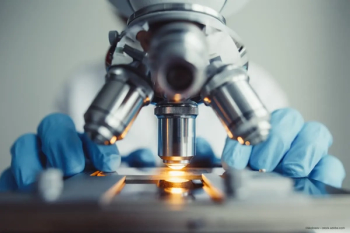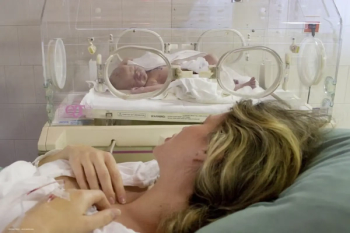
Sulcoflex: a new IOL concept for the pseudophakic eye
The new sulcoflex intraocular lens (IOL), which has been designed for sulcus-implantation in the pseudophakic eye ("piggy back"), is safe and well-tolerated.
The new sulcoflex intraocular lens (IOL), which has been designed for sulcus-implantation in the pseudophakic eye ("piggy back"), is safe and well-tolerated, according to Michael Amon, MD from the University of Vienna Medical School, Austria.
Dr Amon and colleagues worked in collaboration with UK firm Rayner to develop the sulcoflex lens, in response to current demand for this lens type. According to Dr Amon, patient expectations for an excellent refractive result following cataract surgery or refractive lens exchange (RLE) are growing. Furthermore, surgeons often want to avoid IOL exchange at all costs, hence the implantation of a pseudophakic lens is appealing.
The new lens is made of Rayner's patented Rayacryl material (hydrophilic acrylic). It is a single-piece, 6.5 mm diameter, implant with round optic- and haptic-edges and a concave posterior optic surface. The angulated haptic has an undulated design to preclude IOL rotation.
Dr Amon presented results from a pilot study, which included six eyes (two eyes received a multifocal IOL after Prelex and four eyes received YAG capsulotomy prior to sulcoflex implantation through a 3.0 mm clear corneal incision). The mean age of patients was 55 years, pre-implantation ametropia range was +2 D/-2 D and follow-up results at four months were collected.
Four-month postoperative refraction was ±0.25 D, intraocular pressure (IOP) ranged from 11 to 22 mmHg and correct positioning of the lens was achieved in 100% of patients, with no evidence of tilt or rotation.
At the study's conclusion, Dr Amon confirmed that the sulcoflex lens is well-tolerated and he suggested correction of postoperative ametropia, astigmatism (toric IOL), paediatric cataract and aphakia as possible indications for the lens.
He summed up by saying that implantation of the sulcoflex IOL is safe, easy and is less traumatic than IOL exchange. According to Dr Amon, postoperative refraction is stable with good predictability and rotation stability. As a result, he feels that the sulcoflex lens represents a promising, new IOL concept for a number of indications.
Newsletter
Get the essential updates shaping the future of pharma manufacturing and compliance—subscribe today to Pharmaceutical Technology and never miss a breakthrough.













































